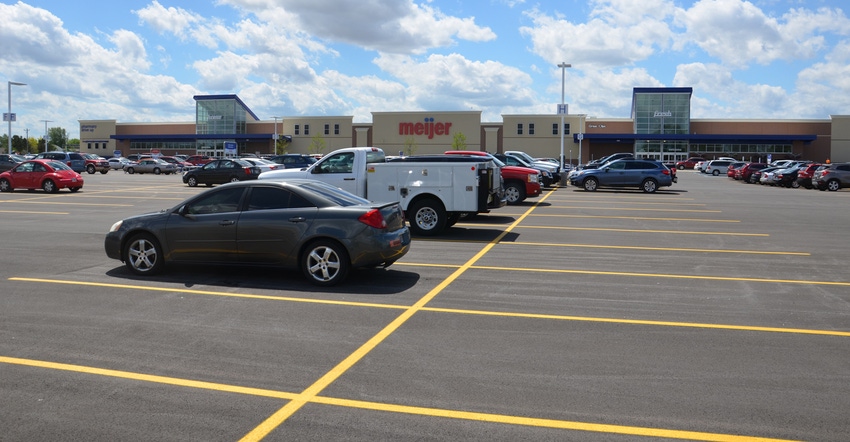
If you’re a deer hunter, you probably know about chronic wasting disease. It affects a deer’s neurological system. The deer doesn’t die immediately. Instead, it gradually develops symptoms until it can’t function normally.
What’s the big deal, you say? What if you knew that CWD was similar to other diseases you’ve heard of — scrapies in sheep and BSE in cattle. BSE has set off warning bells around the world over the last decade because of the possible threat to humans.
What does all this have to do with farmland and protecting it from loss, either to development or soil erosion? The connection is that losses in farmland or soil quality happen slowly over time, kind of like what animals experience when they have a disease that eats away at their ability to function very slowly. By the time you realize what’s going on, it’s too late.
Mike Baise is Midwest director for American Farmland Trust. “Loss of farmland is chronic,” he says. “It’s typically not acute enough that it draws lots of outcry. But over time, acres lost here and there add up.”
Here’s more from Baise in an interview with Indiana Prairie Farmer.
What is American Farmland Trust about? Our slogan is “No farms, no food.” Actually, it’s more than just a slogan. People need to realize that if we continue to lose good farmland over time to development, there could come a point when it’s difficult to supply all the food the world needs. Once blacktop is laid on top of land, it never raises food again.
Can changes in government policy affect the rate at which farmland is developed? Yes. What’s happened around the Indianapolis airport is a prime example. Lots of land was taken out of production when the new airport was constructed. Then when Indiana adopted daylight savings time a few years ago, FedEx greatly increased the size of their hub in Indianapolis. The change in government policy made the business climate for FedEx more favorable. Growth eventually leads to more farmland loss.
What kinds of things are affected when farmland is developed? Some changes are not things you would think of right away. For example, as more land is paved over for parking lots and more buildings are built, there is more runoff during big rain events. People who live and farm along rivers downstream typically see more floodwater faster than in the past. Developers need to factor in what will happen with surface water when designing developments.
Is farmland protection all about saving it from development? No. AFT is concerned about both the quantity and quality of farmland which we can save for future use. A project I work with in Illinois is linked to reducing nutrient sediment loads leaving farmland and going down the Mississippi River to the Gulf [of Mexico]. It’s a long-range project to help reduce nutrients which reach the gulf and contribute to hypoxia.
What are some things AFT and other groups are working to establish in Illinois? We are trying to follow Indiana’s model. Jane Hardisty, head of Indiana’s Natural Resources Conservation Service, and other conservation leaders have made Indiana a leader in promoting soil health. That includes reduced tillage and use of cover crops. We want to promote those same practices in Illinois.
About the Author(s)
You May Also Like




